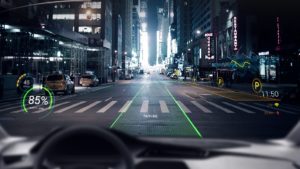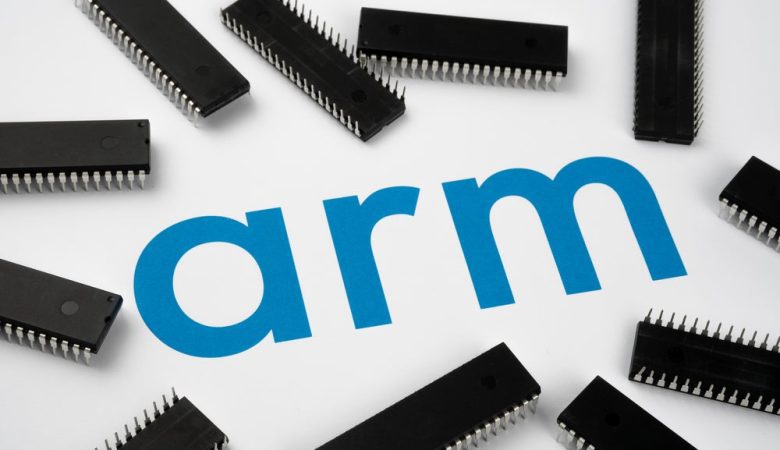Startup Envisics in the UK has created a holographic display for cars that combines technologies such as computer vision, machine learning, big data analysis and navigation and is mounted in vehicles for projecting holographic data in the form of head-up displays (HUD). This gives the driver an improved “dashboard” with information such as navigation data or danger warnings. HUD technology was originally intended for the field of aviation and the army, where it allows pilots and operators to monitor data directly in their field of view.

Later, however, she found her way into the automotive sphere, e.g. BMW uses the HUD to display speed and direction on the windshield. However, most modern HUD systems offer relatively basic graphical functionality with a limited field of view and basically serve as a secondary display with information that is already visible elsewhere in the vehicle. The augmented reality HUD has an overlay with graphics that interacts with real-world objects and uses vehicle sensor data.
The driver’s assistance system in the car can thus range from audible warnings and flashing symbols to highlight potential hazards on the road through the windscreen. Alternatively, it will help with navigation – an animated navigation arrow may appear directly where you need to turn. Envisics laser holography promises better colors, brightness and contrast compared to other systems on the market, while eliminating the impact of sunlight on LED-based systems.
Envisics, which recently received $ 50 million in B-round funding from a number of automotive giants, including Hyundai Mobis, General Motors, is already working with automakers to integrate its technology into vehicles. The first version was built into the top models of the Jaguar Land Rover, the new incarnation not only shows a group of virtual instruments, but also expands the driver’s view of the road – it covers three lanes up to a distance of 100 meters. Serial production of vehicles with this technology is planned for 2023.
Autonomous vehicles are still a long way off, experts agree that they have been separated from them for many years to come. The technology offered by Envisics is not a substitute for human drivers, but it definitely improves the way a person can drive. When moving towards the future, when cars can actually drive on their own, tools like Envisics can play a crucial and interesting role.
Hyundai Mobis, in collaboration with Envisics, wants to develop augmented reality head-up displays specializing in autonomous control, mass production of which should begin by 2025. The new generation AR HUDs are designed to increase safety and comfort without distracting the driver from what is happening on the road. The global HUD market was worth $ 930 million in 2019 and is expected to grow to nearly $ 2.5 billion by 2026 as more manufacturers adopt HUD technology and fall in installation costs.
Source: venturebeat.com , techcrunch.com .











